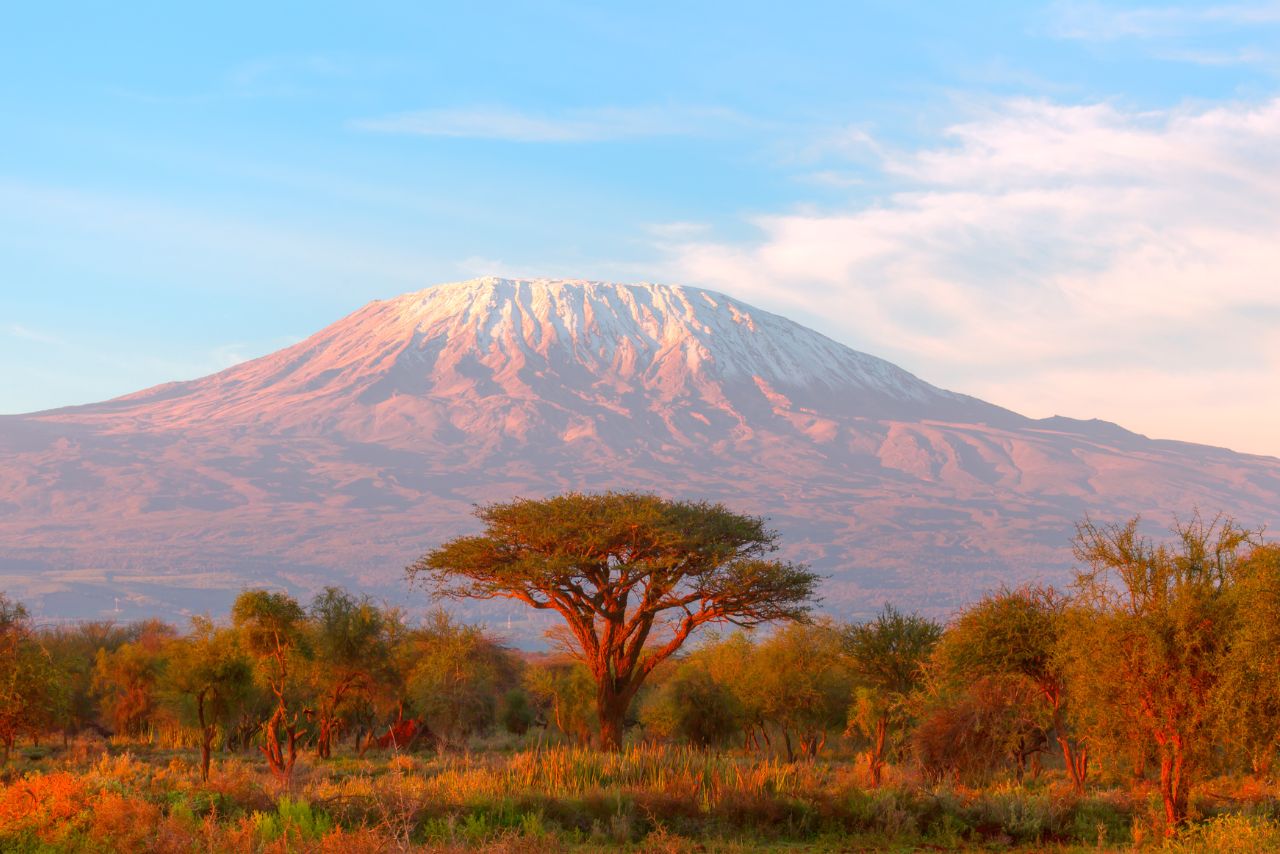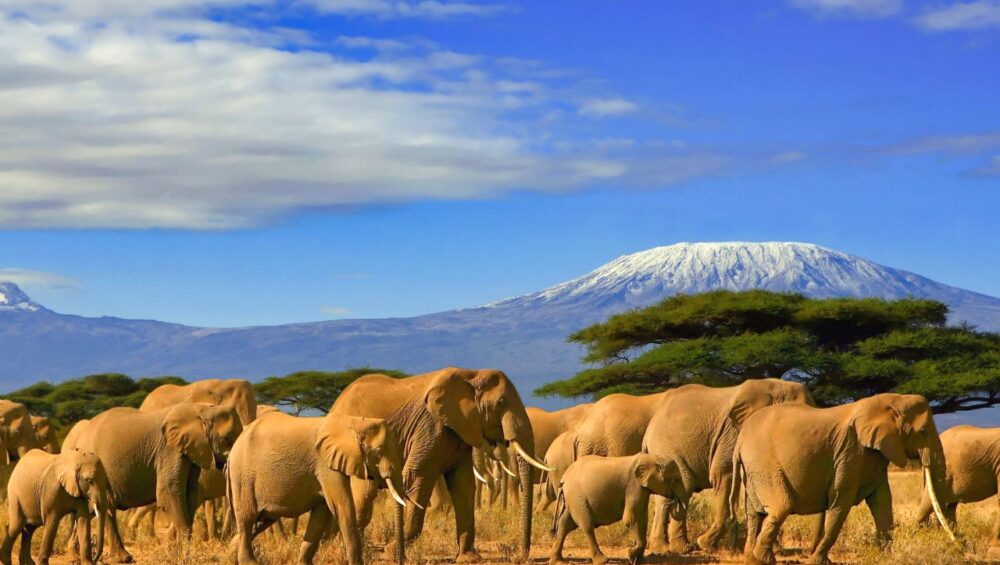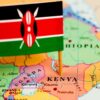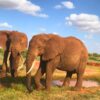Are you looking for an extraordinary adventure? A Kenya safari holiday offers a unique experience that combines breathtaking wildlife encounters with stunning views of Mount Kilimanjaro in Amboseli National Park. Known for its vast savannas, diverse wildlife, and vibrant culture, Kenya is a dream destination for nature enthusiasts and adventure seekers alike. In this blog post, we explore what you can expect so you can start planning your dream safari today.
Amboseli National Park
One of the highlights of a Kenya safari holiday is the opportunity to witness majestic elephants in their natural habitat. Kenya is home to a large population of elephants, and several national parks and wildlife reserves provide the perfect setting to observe these gentle giants up close. Amboseli National Park, in particular, offers a remarkable experience as it is known for its large herds of elephants roaming against the backdrop of Mount Kilimanjaro.
Amboseli National Park is located in southern Kenya, near the border with Tanzania. Nature enthusiasts can explore five distinct habitats, including the dried-up banks of Lake Amboseli, wetlands, savannah, and forests. The term “Amboseli” is derived from a Maasai word that means “salty dust.” The park covers an area of approximately 392 square kilometers and is renowned for its breathtaking views of Mount Kilimanjaro, Africa’s highest peak. Imagine witnessing a herd of wild elephants grazing peacefully with the snow-capped peak of Mount Kilimanjaro looming in the distance. It is a sight that will leave you in awe and create memories that will last a lifetime.

The African Elephants
The African bush elephant is the world’s largest land mammal and the largest of three elephant species. Adults can grow up to 7 m in length and 4 m in height, and weigh up to 11 tons. They spend the majority of their days foraging and eating grass, leaves, bark, fruit, and a variety of foliage.
The elephant population size at Amboseli is estimated at over 1500 and since they are permanent residents of the park visitors can spot them any time of the year. The Amboseli elephant population is one of the few that has been able to live in relative peace thanks to the presence of researchers and the support of the local Maasai community. Since the late 1970s, the elephant population has been gradually rising. The absence of poaching and the contribution of the Amboseli Elephant Research Project led by Cynthia Moss and conducted by the Amboseli Trust for Elephants resulted significantly in population growth. The age ranges from infancy to very old age, and elephants have been observed to live into their 70s.
During your game drive you might spot some big tuskers – a group of majestic elephants that roam the park. These elephants are known for their impressive tusks, which can reach lengths of over 1.8 m (six feet). They are a sight to behold, and many tourists visit Amboseli specifically to catch a glimpse of these magnificent creatures. The big tuskers are not only a symbol of the park’s rich biodiversity but also serve as a reminder of the importance of conservation efforts to protect these endangered animals.
Besides elephants, you can also encounter a wide variety of other wildlife. Lions, leopards, cheetahs, giraffes, zebras, wildebeests, crocodiles, and dik-dik are just a few of the species that call Amboseli Kenya home.
Experiencing Local Culture
In addition to the wildlife, a Kenyan safari holiday allows you to immerse yourself in the rich culture and traditions of the local communities. The Maasai people, known for their distinctive clothing and vibrant ceremonies, offer a unique cultural experience. The Maasai are a Nilotic ethnic group who live in Kenya’s northern, central, and southern regions, as well as northern Tanzania. They are one of the most well-known local populations in the world due to their proximity to the several game parks of the African Great Lakes. Except for a few elders in rural regions, the majority of Maasai people know Swahili and English, Kenya’s official languages. Many tour operators include visits to Maasai villages, where you can learn about their way of life and interact with the community.
What Is The Best Time To Go On A Safari Holiday In Kenya?
When planning your Kenya safari holiday, it is important to consider the best time to visit. The dry season, from June to October, offers excellent wildlife viewing opportunities as animals gather around water sources. However, if witnessing the wildebeest migration in Masai Mara National Reserve is your priority, then visiting between July and October is recommended. It can easily be combined with a visit to Amboseli National Park and other game reserves on the way. From November to May, the wet season brings lush green landscapes and is also a great time for birdwatching.
To make the most of your Kenya safari holiday, booking a tour with a reputable safari operator, like PD Tours & Safaris is recommended. They have the knowledge and expertise to plan an itinerary that maximizes your chances of wildlife sightings and ensures a safe and enjoyable experience. Whether you choose a guided game drive, a walking safari, or a hot air balloon ride, plenty of options suit your preferences, budget, and level of adventure.
In conclusion, a safari holiday is a once-in-a-lifetime experience that combines the thrill of encountering stunning landscapes and wildlife with the beauty of discovering ancient civilizations. Pack your bags, grab your camera, and prepare for an unforgettable adventure in the heart of Africa.





